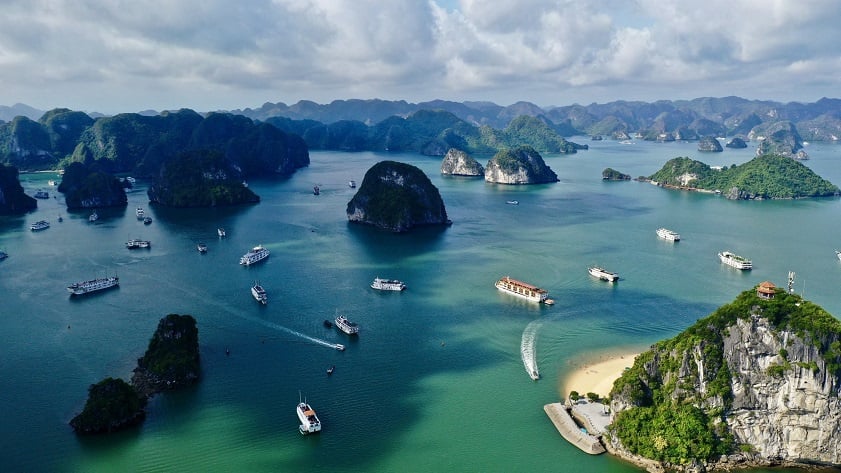Lonely Planet, the travel magazine based in the United States, has suggested 10 must-visit destinations in Vietnam, encompassing bustling cities, stunning beaches, and misty mountains.
Phu Quoc
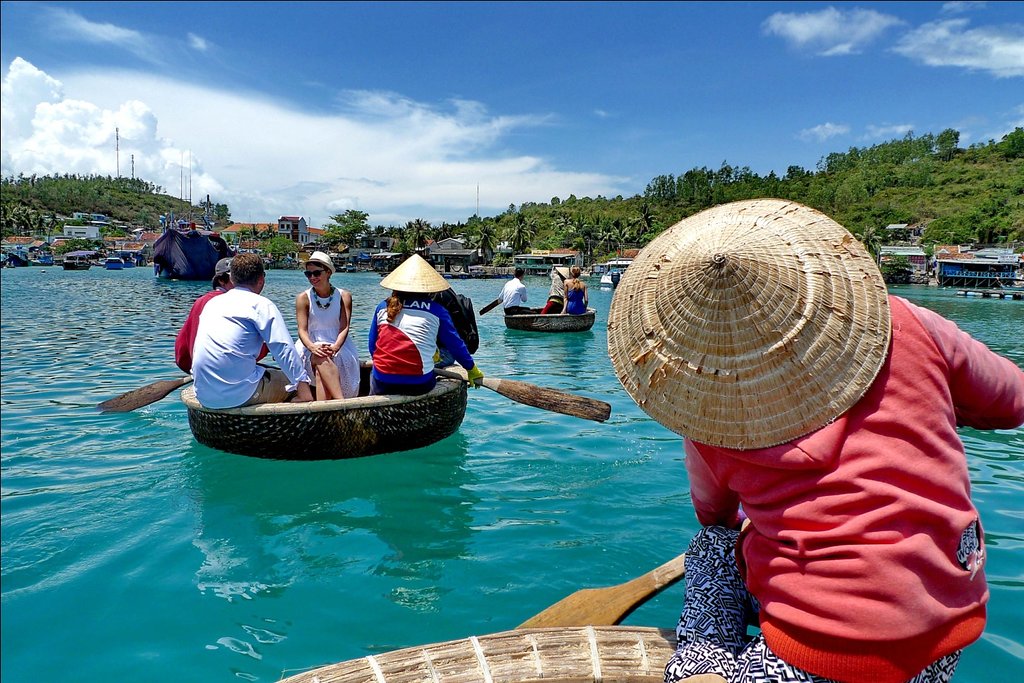
Phu Quoc Island has become a must-visit destination for sea lovers in Vietnam. Surrounded by crystal-clear waters and pristine sandy beaches, the island offers a serene space to slow down and enjoy a cocktail while watching the sunset. Additionally, tourists can explore large-scale amusement parks and majestic forest areas.
Hanoi
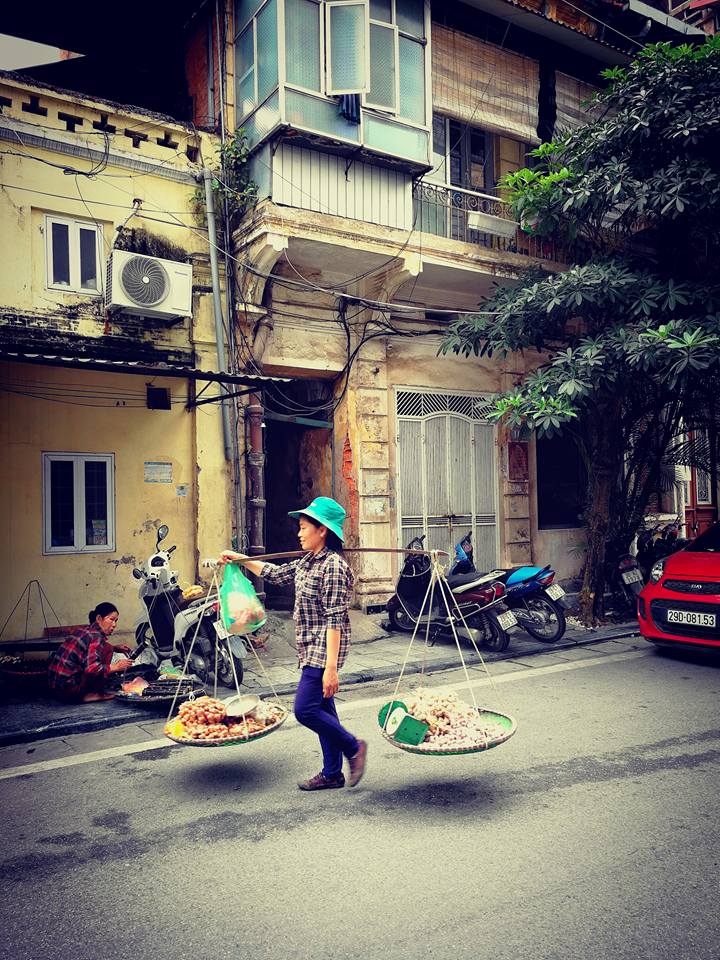
Travelers should explore the capital city of Hanoi first when visiting Vietnam. The city stands out with its full amenities, affordable dining options, and world-class cuisine. Visitors can delve into Vietnamese history through its ancient charm, combined with numerous museums and historical landmarks. Moreover, Hanoi serves as a convenient gateway to famous destinations like Ha Long Bay and the Northwestern mountainous region.
Lan Ha Bay and Bai Tu Long Bay
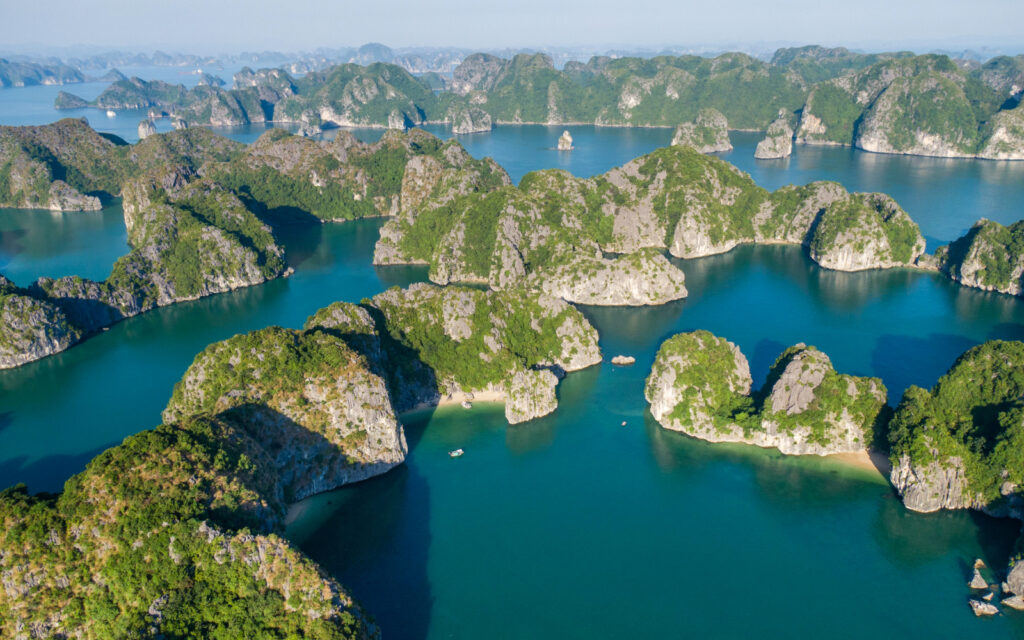
In contrast to the well-known Halong Bay, Lan Ha Bay and Bai Tu Long Bay are often less crowded, providing a more private atmosphere. Ideal for photographers, these locations offer opportunities for kayaking among rocky formations, wandering through hiking trails on Cat Ba Island in Lan Ha Bay, or relaxing on the tranquil Co To Island in Bai Tu Long Bay.
Ho Chi Minh City (Saigon)
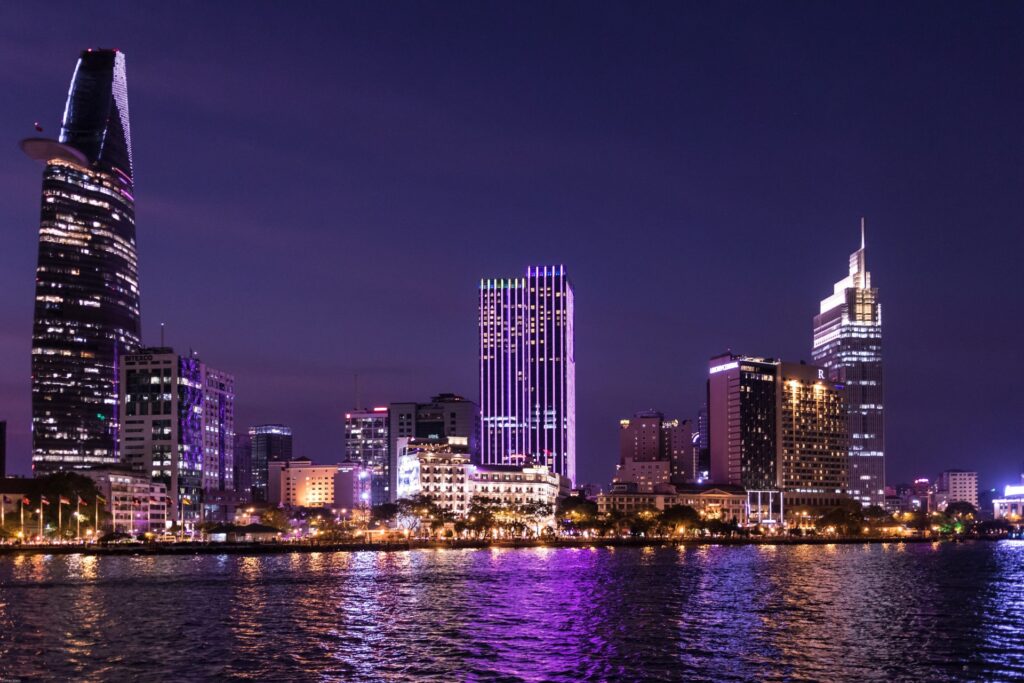
Ho Chi Minh City boasts a fast-paced, vibrant, and lively atmosphere. Particularly, after dark, Lonely Planet describes the sidewalks transforming into mobile buffet parties and bars. Additionally, the city provides insights into Vietnam’s history, with notable attractions like the War Remnants Museum in District 3.
Phong Nha – Ke Bang National Park
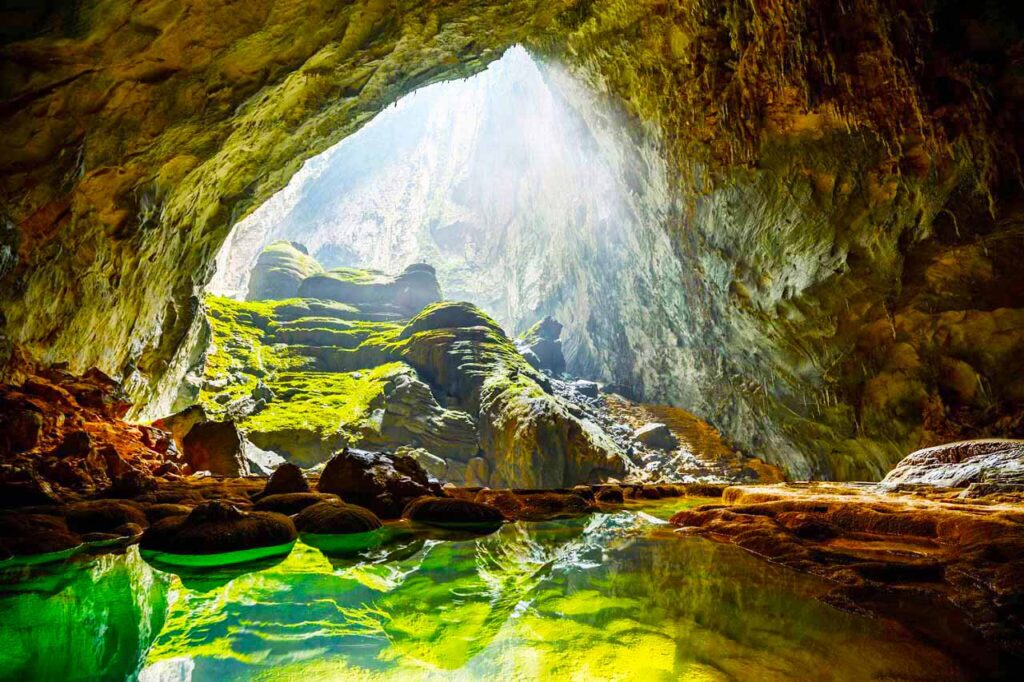
Phong Nha – Ke Bang National Park is suitable for those seeking unique experiences. Visitors can explore Son Doong, the world’s largest cave by volume. To put it in perspective, the entire city of New York could fit within the cave’s spacious main passage. Conquering this spectacle requires professional tour guides and comes with a considerable cost.
Hoi An

Hoi An allows travelers to discover the luxurious lifestyle of Vietnam’s elite during the feudal era. Once one of the most important trading ports in Asia, Hoi An welcomed merchants from countries such as Japan, Spain, and North America.
Central Coast Beaches
Although in the same region, the Central Coast beaches of Vietnam offer diverse emotions. Some may prefer the dynamic and modern atmosphere of Da Nang and Nha Trang, while others may appreciate the serene beaches. Mui Ne, for windsurfing enthusiasts, and Doc Let Beach, known for its 18-kilometer stretch of sand and delicious seafood, are highlighted by Lonely Planet. For a quieter experience, Thuan An Beach, next to a protective island, offers peace and tranquility.
Hue
Hue is an excellent destination for those interested in royal cultural heritage. It served as the imperial capital during the Nguyen Dynasty in the 19th and 20th centuries. While much of the historical sites in Hue have been damaged by war, the majesty of the imperial city still remains.
Ba Be National Park
Ba Be National Park is a sanctuary for many rare species, including langurs, gibbons, black bears, and the scaled-bellied fish eagle. Visitors can also learn about the cultures of ethnic minorities such as Dao, Tay, and H’Mong in the picturesque valleys.
Ha Giang
Ha Giang province is renowned for its breathtaking mountainous landscapes. Staying in local homestays, travelers can explore ethnic minority villages and terraced fields nestled between towering limestone peaks. The winding mountainous routes between Ha Giang Town, Dong Van, and Meo Vac offer ample opportunities for capturing beautiful photographs.
Source: Lonely Planet

